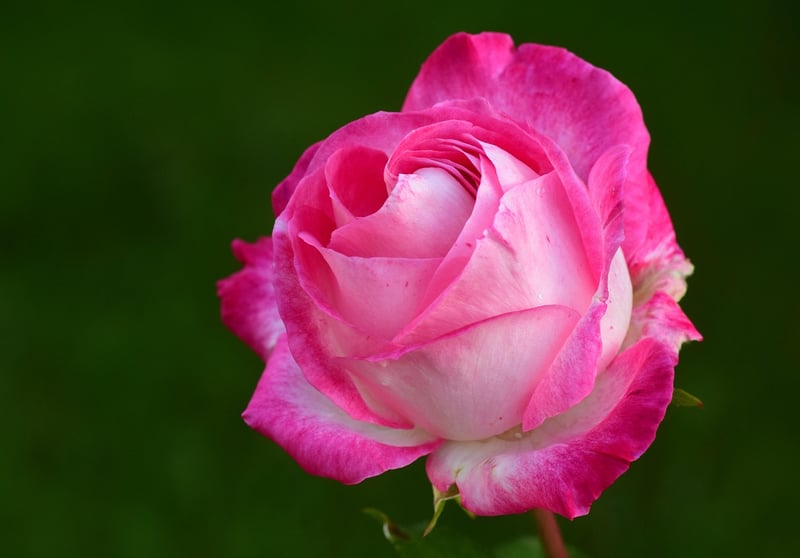Pruning Techniques
Tips for Healthy Plants and Pruning Techniques
Introduction
Having healthy plants not only adds beauty to your surroundings but also contributes to a better environment. Proper care and maintenance, including pruning, are essential for the overall well-being of your plants. Here are some tips to help you keep your plants healthy and thriving:
Tips for Healthy Plants
- Choose the Right Plants: Select plants that are suitable for your climate and the amount of sunlight your garden receives.
- Water Wisely: Be mindful of the watering needs of each plant. Overwatering can lead to root rot, while underwatering can cause wilting.
- Fertilize Regularly: Provide essential nutrients to your plants by fertilizing them according to their specific requirements.
- Monitor for Pests and Diseases: Regularly inspect your plants for any signs of pests or diseases and take appropriate action promptly.
- Prune When Necessary: Pruning helps maintain the shape of the plant, promotes growth, and removes dead or diseased branches.
- Provide Adequate Sunlight: Ensure your plants receive sufficient sunlight for photosynthesis and healthy growth.
- Repot when Needed: If your plant outgrows its current pot or the soil becomes depleted, consider repotting to provide more space and fresh soil.
Pruning Techniques
Pruning is a vital aspect of plant care and involves removing specific parts of the plant to promote growth and maintain its health. Here are some pruning techniques to keep in mind:
- Deadheading: Removing dead flowers encourages new blooms and prevents the plant from wasting energy on seed production.
- Thinning: Thinning out excess growth helps improve air circulation and light penetration, reducing the risk of diseases.
- Heading Back: Cutting back the tips of branches stimulates new growth and creates a fuller plant shape.
- Crown Pruning: Removing upper branches to open up the canopy and allow light to reach lower parts of the plant.
- Rejuvenation Pruning: Cutting back the entire plant to stimulate new growth and rejuvenate an old or overgrown specimen.
Conclusion
By following these tips for maintaining healthy plants and practicing proper pruning techniques, you can ensure that your garden thrives and remains vibrant throughout the year. Remember that each plant may have specific care requirements, so always research the needs of your specific plants for the best results.


